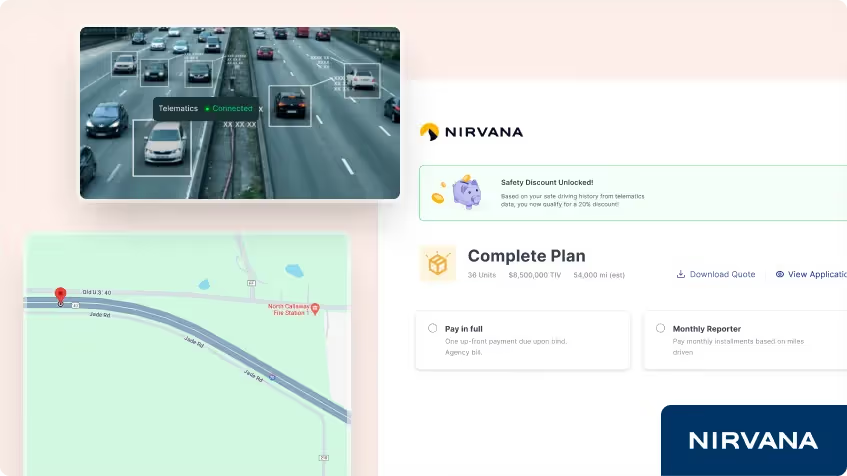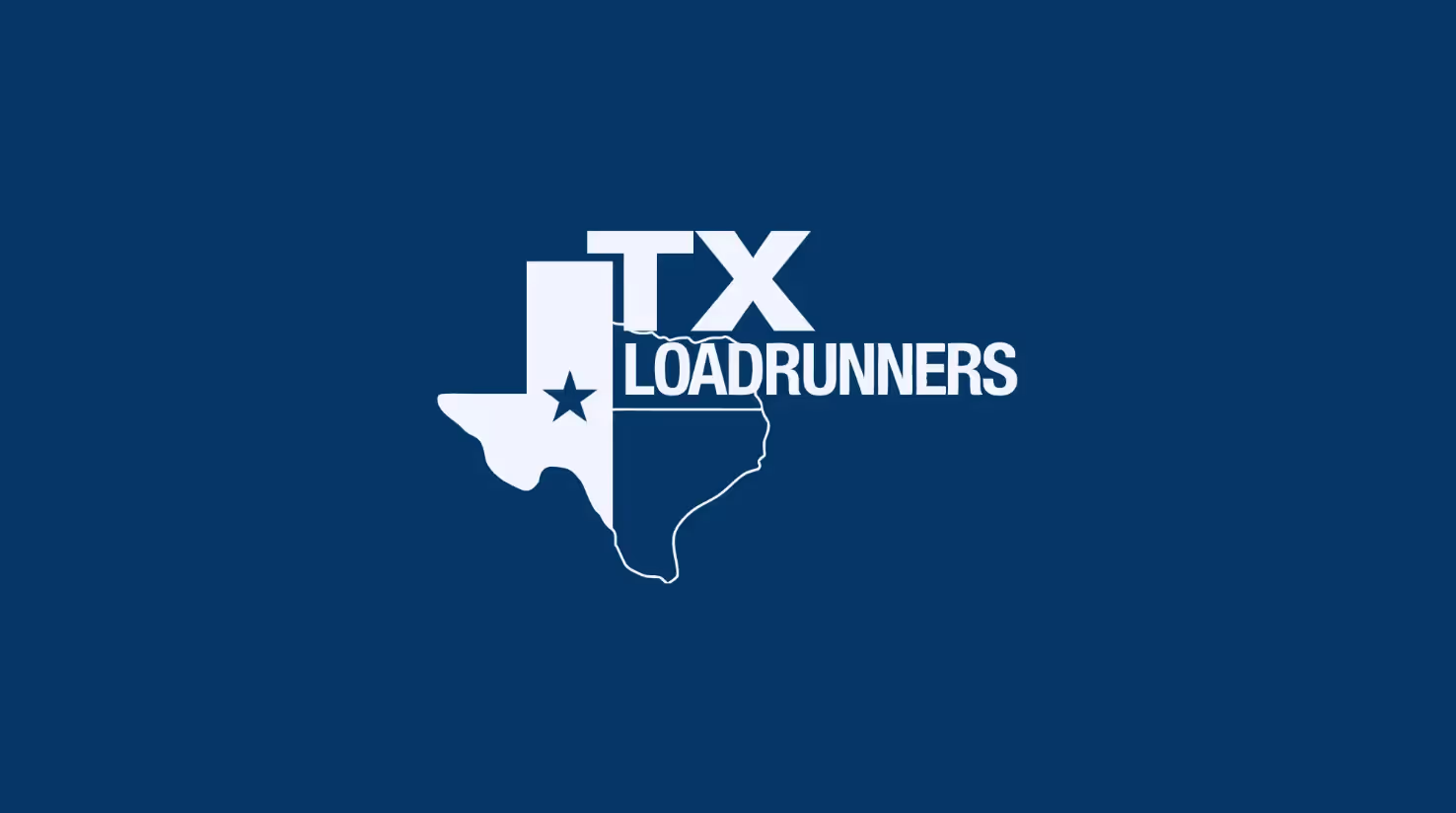Compliance is more important than ever for fleet carriers.
In September, a Florida jury handed down a $1 billion nuclear verdict in a case against two trucking companies for the wrongful death of a teen — the first of such magnitude. A recent American Transportation Research Institute report found that mean of verdict awards have increased 51.7% from in the last decade or so[1].
Compliance increases safety and improves safety ratings and scores, which directly impact insurance prices and the ability to hire and retain good quality drivers. Ultimately, your compliance today can increase profitability tomorrow.

7 key transportation trends
Stay ahead of the curve on fleet safety and compliance in 2022. Here are the emerging issues and trends to watch out for this year.
- Understand new Entry-Level Driver Training regulations
As of Feb. 7, 2022, new drivers seeking a commercial driver’s license (CDL), drivers seeking to get a Class A or Class B CDL, those upgrading from a Class B to Class A CDL, or those obtaining certain endorsements must take a Federal Motor Carrier Safety Administration (FMCSA)-mandated ELDT training course.[2]
The FMCSA’s concerns are valid: Average carrier-recorded crash rates are highest for driver groups with less than one year of commercial motor vehicle driving experience.[3] That’s regardless of driver age. Carriers need to know that their drivers come to them ELDT trained, and the ELDT places the regulation’s onus on the driver, not the carrier. - Do a periodic audit of your DOT files
You never know when the Department of Transportation (DOT) will audit you. It could be in person or offsite, which has increasingly been the case since the onset of the COVID-19 pandemic. Without having to travel, remote auditors can target more carriers.
The agency’s investigators were on track to perform nearly 8,500 off-site audits by the end of 2021, a 68% increase year-over-year and a whopping increase of nearly 2,500% from 2017. If auditors find violations and your safety rating is less than satisfactory, your operation could be shut down.
What can you do? Be prepared by doing your own quarterly audit. Pick sample driver files and confirm all documents are up to date and that there are no expired licenses, medical cards or motor vehicle records. If you find issues in your sample, expand your sample size. Don’t stop there. Spot checking files should include vehicle, drug and alcohol records. Be proactive, not reactive. - New Safe Driver Apprenticeship Pilot Program promises to bring new drivers into the fold
In January, the FMCSA announced the establishment of the Safe Driver Apprenticeship Pilot Program, which will allow drivers 18- to 20-years old who hold a CDL to drive commercial vehicles in interstate commerce.
Note that the program will only be open to 3,000 drivers and certain carriers. If you intend on participating:- Speak with your insurance company. Some may be hesitant to insure younger drivers because the data shows they’re responsible for more accidents.
- Research participation requirement
- Look out for new DOT rulemaking
The DOT is seeking to expand drug and alcohol testing for drivers from the current urine sample test for drugs to include oral fluid testing, i.e., a mouth swab drug test. Expect the DOT to seek public comments in the coming months before setting a final rule.
Also, the DOT withdrew their proposed allowance on drivers taking skills test in one state and getting licensed in another, which would have alleviated COVID-related backlogs at the Department of Motor Vehicles (DMVs) across the country. Drivers must take driving tests in their home state, which may continue to add to DMV backlogs. - Know your safety scores
Track trends on your Safety Measurement System account, which is based on roadside inspections, and take action to correct violations. The DOT uses high safety scores to prioritize safety audits. By keeping tabs on them, you’ll stay off the DOT’s radar. - Make sure drivers don’t fail common roadside inspections
Failing roadside inspections affects motor carrier safety scores and yet many of those violations are easy to fix. One common violation involves the use of an electronic logging device (ELD). The rule requires drivers to carry paperwork including an instruction manual on device use, and a transfer manual on how to transfer logs to law enforcement and a paper supply of logs in case the ELD goes down en route. Often, drivers don’t have those materials on hand or don’t know how to access them. Consequently, they receive an additional citation when pulled over for something else. - Use tech to its fullest, or don’t use it at all
Monitor your in-cab tech — electronic logging devices, telematics, harsh-breaking monitoring and more — to improve your fleet driving. But don’t do it for show. If there’s an accident and it comes to light at trial that your business had the technology to reduce the chance of an accident and improve driver behavior and you didn’t, this will be a major liability for your organization. Make data review a priority and act against drivers who consistently violate rules.

With new regulations and increased pressure on the industry to improve safety and compliance, fleet carriers must be proactive.
Stay ahead of these trends. Schedule a call to learn more about Nirvana’s Safety Platform here.
[1] American Transportation Research Institute “Understanding the Impact of Nuclear Verdicts on the Trucking Industry”, June 2020.
[2] Federal Motor Carrier Safety Association “Entry-Level Driver Training (ELDT)”, February 8, 2022.
[3] National Surface Transportation Safety Center for Excellence “Commercial Motor Vehicle Driver Risk Based on Age and Driving Experience”, April 17, 2020.
Compliance is more important than ever for fleet carriers.
In September, a Florida jury handed down a $1 billion nuclear verdict in a case against two trucking companies for the wrongful death of a teen — the first of such magnitude. A recent American Transportation Research Institute report found that mean of verdict awards have increased 51.7% from in the last decade or so[1].
Compliance increases safety and improves safety ratings and scores, which directly impact insurance prices and the ability to hire and retain good quality drivers. Ultimately, your compliance today can increase profitability tomorrow.

7 key transportation trends
Stay ahead of the curve on fleet safety and compliance in 2022. Here are the emerging issues and trends to watch out for this year.
- Understand new Entry-Level Driver Training regulations
As of Feb. 7, 2022, new drivers seeking a commercial driver’s license (CDL), drivers seeking to get a Class A or Class B CDL, those upgrading from a Class B to Class A CDL, or those obtaining certain endorsements must take a Federal Motor Carrier Safety Administration (FMCSA)-mandated ELDT training course.[2]
The FMCSA’s concerns are valid: Average carrier-recorded crash rates are highest for driver groups with less than one year of commercial motor vehicle driving experience.[3] That’s regardless of driver age. Carriers need to know that their drivers come to them ELDT trained, and the ELDT places the regulation’s onus on the driver, not the carrier. - Do a periodic audit of your DOT files
You never know when the Department of Transportation (DOT) will audit you. It could be in person or offsite, which has increasingly been the case since the onset of the COVID-19 pandemic. Without having to travel, remote auditors can target more carriers.
The agency’s investigators were on track to perform nearly 8,500 off-site audits by the end of 2021, a 68% increase year-over-year and a whopping increase of nearly 2,500% from 2017. If auditors find violations and your safety rating is less than satisfactory, your operation could be shut down.
What can you do? Be prepared by doing your own quarterly audit. Pick sample driver files and confirm all documents are up to date and that there are no expired licenses, medical cards or motor vehicle records. If you find issues in your sample, expand your sample size. Don’t stop there. Spot checking files should include vehicle, drug and alcohol records. Be proactive, not reactive. - New Safe Driver Apprenticeship Pilot Program promises to bring new drivers into the fold
In January, the FMCSA announced the establishment of the Safe Driver Apprenticeship Pilot Program, which will allow drivers 18- to 20-years old who hold a CDL to drive commercial vehicles in interstate commerce.
Note that the program will only be open to 3,000 drivers and certain carriers. If you intend on participating:- Speak with your insurance company. Some may be hesitant to insure younger drivers because the data shows they’re responsible for more accidents.
- Research participation requirement
- Look out for new DOT rulemaking
The DOT is seeking to expand drug and alcohol testing for drivers from the current urine sample test for drugs to include oral fluid testing, i.e., a mouth swab drug test. Expect the DOT to seek public comments in the coming months before setting a final rule.
Also, the DOT withdrew their proposed allowance on drivers taking skills test in one state and getting licensed in another, which would have alleviated COVID-related backlogs at the Department of Motor Vehicles (DMVs) across the country. Drivers must take driving tests in their home state, which may continue to add to DMV backlogs. - Know your safety scores
Track trends on your Safety Measurement System account, which is based on roadside inspections, and take action to correct violations. The DOT uses high safety scores to prioritize safety audits. By keeping tabs on them, you’ll stay off the DOT’s radar. - Make sure drivers don’t fail common roadside inspections
Failing roadside inspections affects motor carrier safety scores and yet many of those violations are easy to fix. One common violation involves the use of an electronic logging device (ELD). The rule requires drivers to carry paperwork including an instruction manual on device use, and a transfer manual on how to transfer logs to law enforcement and a paper supply of logs in case the ELD goes down en route. Often, drivers don’t have those materials on hand or don’t know how to access them. Consequently, they receive an additional citation when pulled over for something else. - Use tech to its fullest, or don’t use it at all
Monitor your in-cab tech — electronic logging devices, telematics, harsh-breaking monitoring and more — to improve your fleet driving. But don’t do it for show. If there’s an accident and it comes to light at trial that your business had the technology to reduce the chance of an accident and improve driver behavior and you didn’t, this will be a major liability for your organization. Make data review a priority and act against drivers who consistently violate rules.

With new regulations and increased pressure on the industry to improve safety and compliance, fleet carriers must be proactive.
Stay ahead of these trends. Schedule a call to learn more about Nirvana’s Safety Platform here.
[1] American Transportation Research Institute “Understanding the Impact of Nuclear Verdicts on the Trucking Industry”, June 2020.
[2] Federal Motor Carrier Safety Association “Entry-Level Driver Training (ELDT)”, February 8, 2022.
[3] National Surface Transportation Safety Center for Excellence “Commercial Motor Vehicle Driver Risk Based on Age and Driving Experience”, April 17, 2020.












